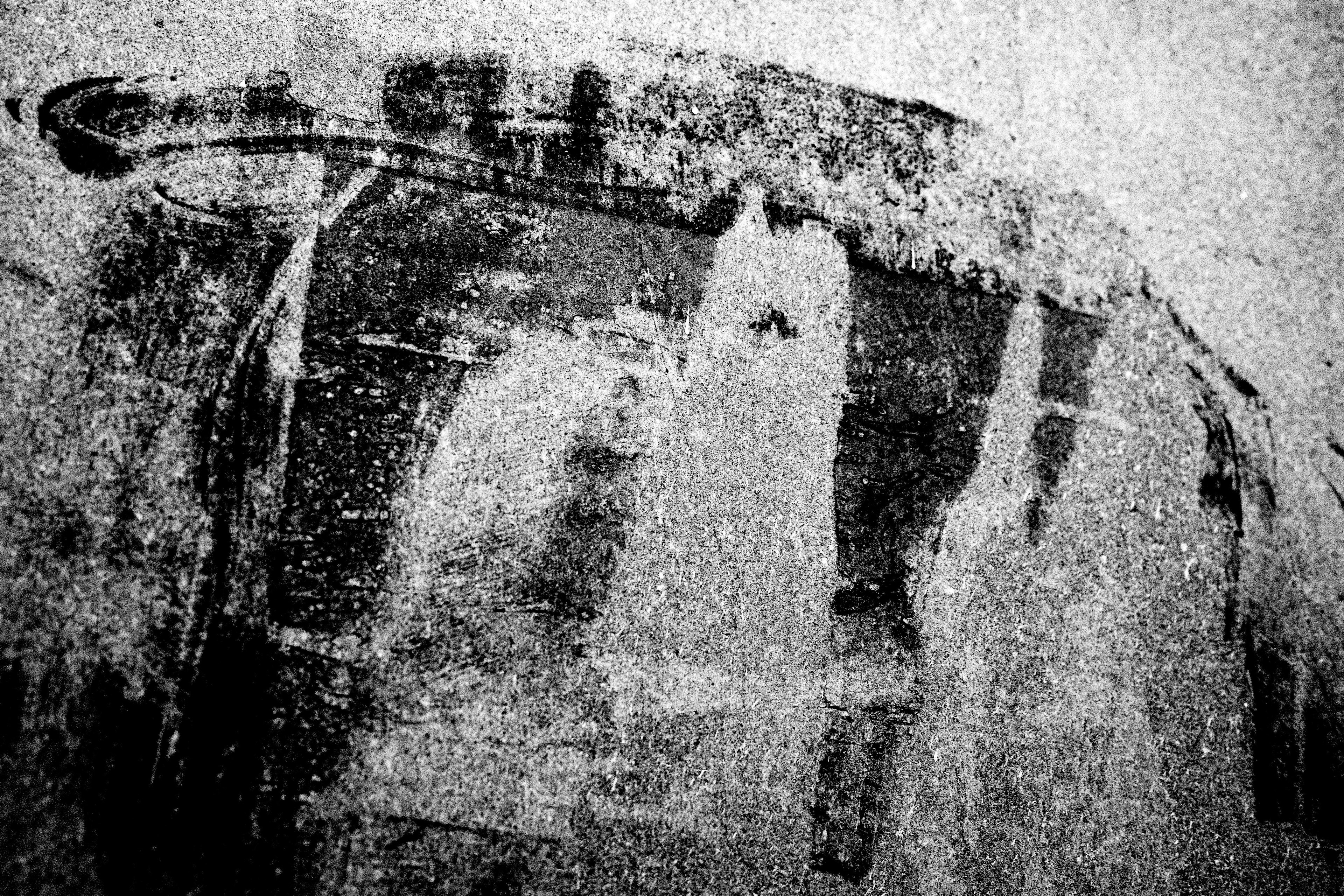
Cover photo by yNAK
Autumn is a season vividly colored by red and yellow leaves. However, did you know that expressing autumn in monochrome can create a deeper, unique perspective?
Monochrome photography is an effective method to emphasize light and shadow, shapes, and textures without relying on color. This time, we introduce the charm of monochrome photography and suggest subjects and inspiration for autumn shooting.
Rediscovering the Charm of Monochrome Photography
The greatest charm of monochrome photography is that by removing color information, it highlights the contrast of light and shadow and the shape of the subject. Expressions unique to monochrome are possible with the low autumn sunlight or foggy forests.
Shooting in monochrome can draw out nostalgic and dramatic effects, breathing new life into familiar landscapes. Moreover, with modern camera technology and editing software, it is possible to capture clear photos with reduced noise even at high ISO, allowing for more free expression.

Photo by Toshiya Nagayama
Recommended Subjects and Compositions for Autumn
When capturing autumn in monochrome, choosing subjects with distinctive textures and shapes is effective. Here are some inspirations.
Fallen Leaves and Dead Leaves
Photograph fallen leaves scattered on the ground up close to emphasize their shapes and textures. By focusing on the shadows of overlapping leaves and the contrast created by light, you can create profound photographs.

Photo by Kuroji
Silhouettes and Shadows of Trees
The silhouettes of trees shot against the light highlight the complex shapes of trunks and branches, drawing out dramatic effects by emphasizing shadows. By utilizing the low sunlight of the evening, dynamic expressions of light and shadow are possible.

Photo by yNAK

Photo by m*style
Foggy Landscapes
Foggy forests or lakeside landscapes create a mysterious atmosphere unique to monochrome photography. The fog enhances the sense of depth and softly envelops the subject, creating a fantastic effect.
Camera Settings and Tips
In monochrome photography, appropriate camera settings determine the completeness of the work. Set the ISO sensitivity low, adjust the aperture to maintain a deep depth of field, and use exposure compensation to emphasize the contrast of light. During editing, it is important to adjust the contrast and brightness to highlight shadows.

Photo by Sakuo
Additionally, monochrome is particularly effective on foggy or rainy days, allowing you to make the most of natural changes.



